You’re sitting in class, half-listening to your teacher drone on about the Pythagorean theorem or the War of 1812, when suddenly, the unthinkable happens.
Gunshots ring out, shattering the mundane routine of high school life into a million terrifying pieces. Chaos erupts as students scramble for safety, and the horrifying realization sets in that this isn’t a drill, but a real-life nightmare unfolding before your eyes.
That’s the reality that the students of Columbine High School faced on this day in April 1999, when two of their own classmates, Eric Harris and Dylan Klebold, unleashed a devastating attack that left 15 dead and 24 wounded.
The duo also placed two propane bombs in the school cafeteria, timed to explode during the busiest lunch period, but these bombs failed to detonate. Eventually, they made their way to the library, where they eventually shot themselves. But who were these two young men who chose to unleash such horror on their own school? What could have driven them to such a heinous act of violence? The truth is, there are no easy answers.
Investigations after the shooting revealed disturbing insights into their psyches. Both struggled with depression and feelings of alienation. Harris was later determined to be a psychopath, while Klebold was diagnosed posthumously with avoidant personality disorder. In the months leading up to the attack, they left behind a trove of troubling writings and videos foreshadowing their deadly plans.
Harris and Klebold created various writings and home videos, sometimes referred to as the “Basement Tapes,” in which they discussed their nihilistic rage for certain people at their school, their feelings of alienation, and their plans for the attack. These materials were not fully recognized or understood by authorities or those around them until after the tragedy occurred.
But hindsight is 20/20. It’s easy to look back now and point to all the warning signs. The reality is, in 1999, we didn’t talk about mental health the way we do today, especially when it came to teenagers. We didn’t have the same understanding of what to look for or how to intervene. Columbine was a wake-up call in that regard.
However, 25 years later we’re still stuck in this endless cycle of gun violence, and no one seems to have the answers. Some people say we need stricter gun laws, others say we need better mental health resources, and then there are those who think more guns are the solution.
Personally, I don’t have all the answers, but I do know one thing – something’s gotta give. We can’t just keep shrugging our shoulders and saying, “Thoughts and prayers!” every time another mass shooting happens.

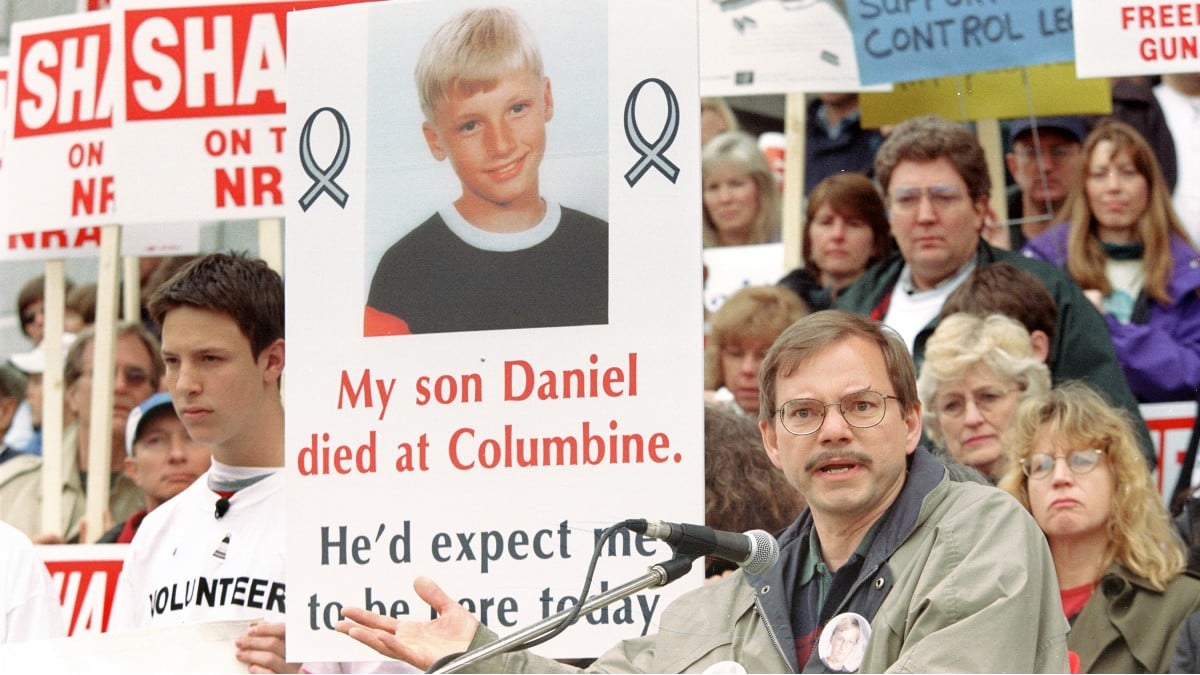
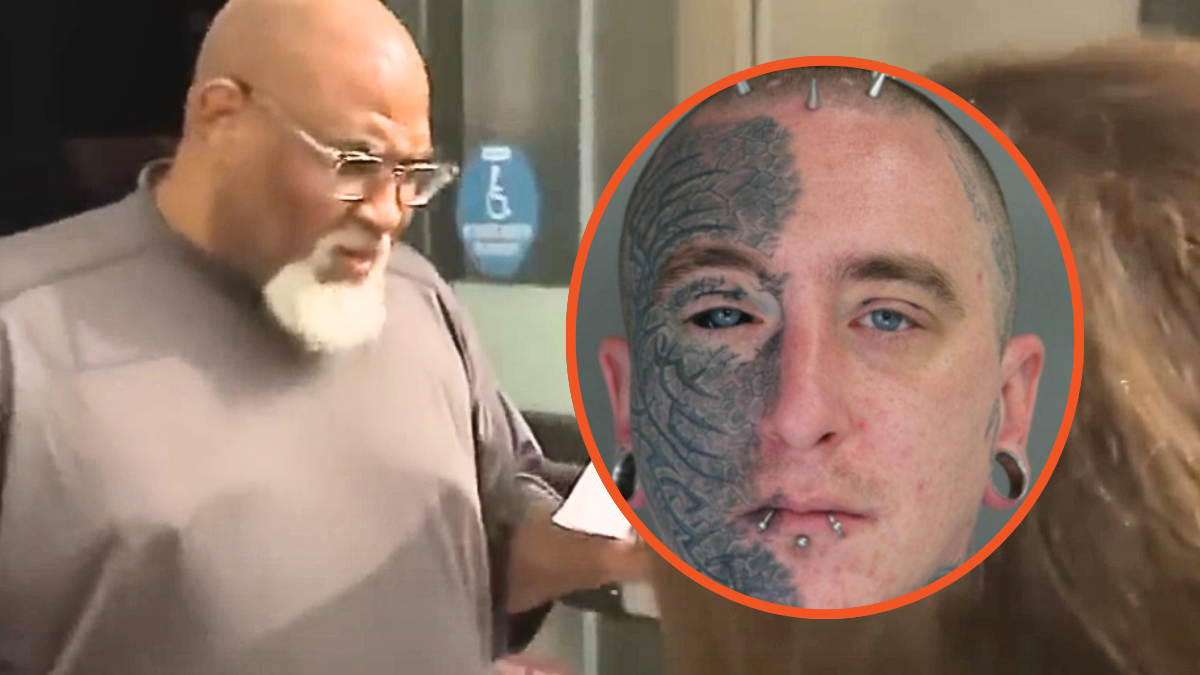
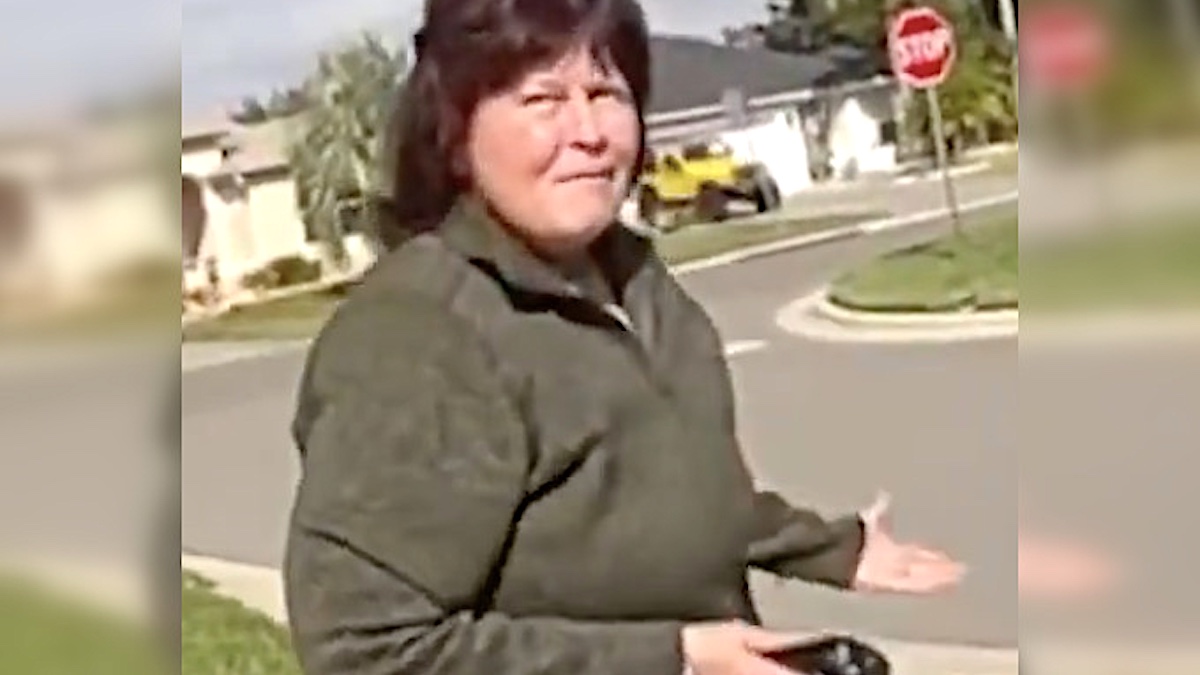
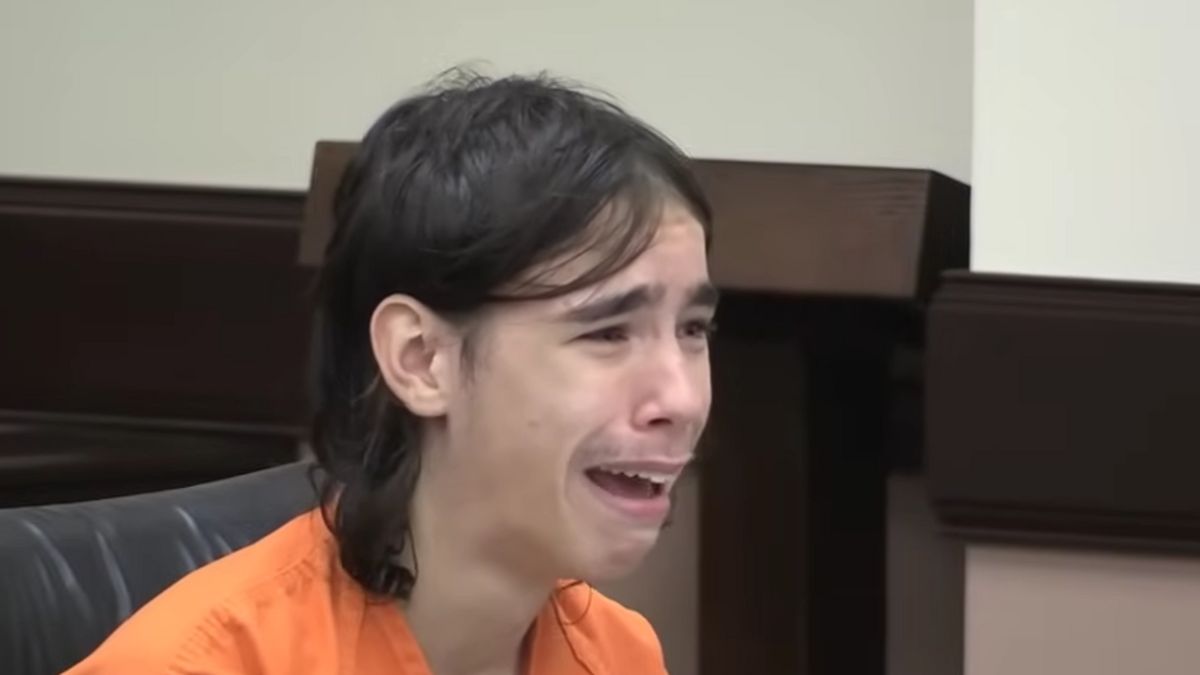


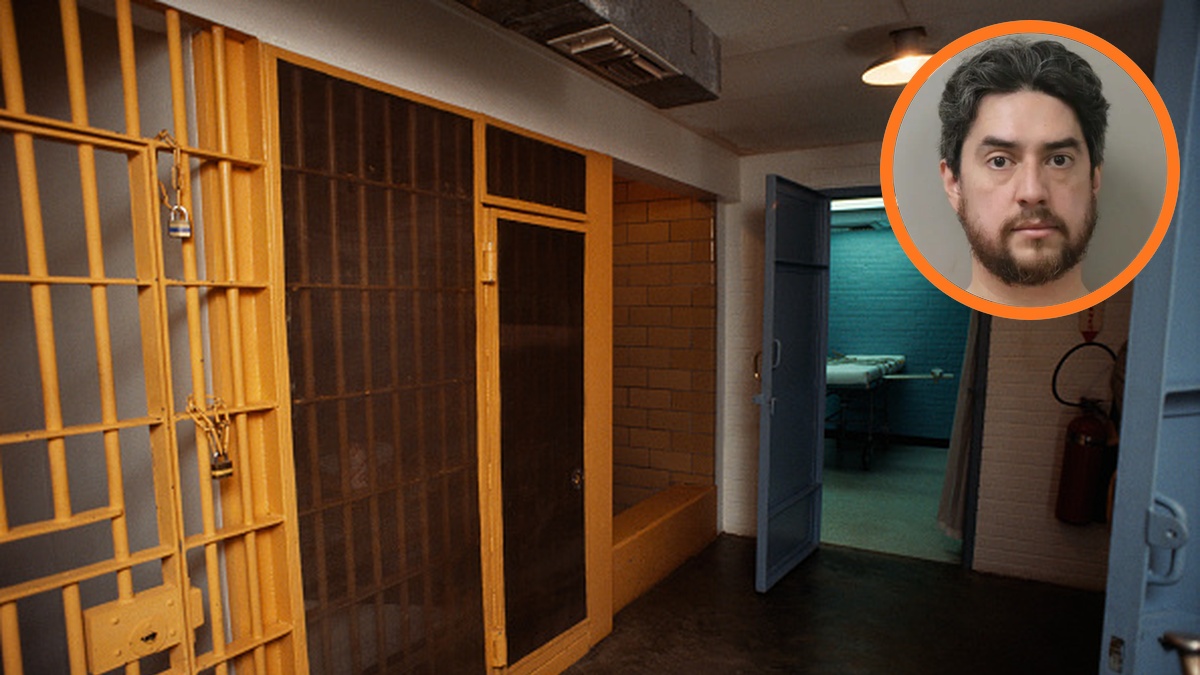
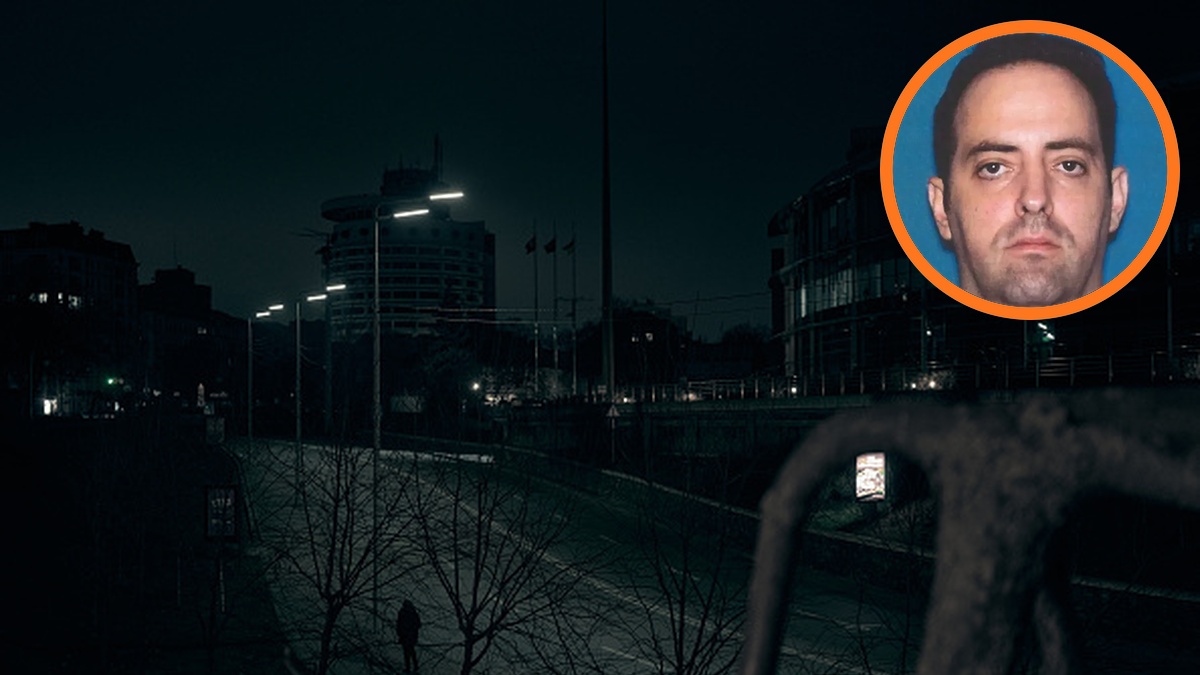
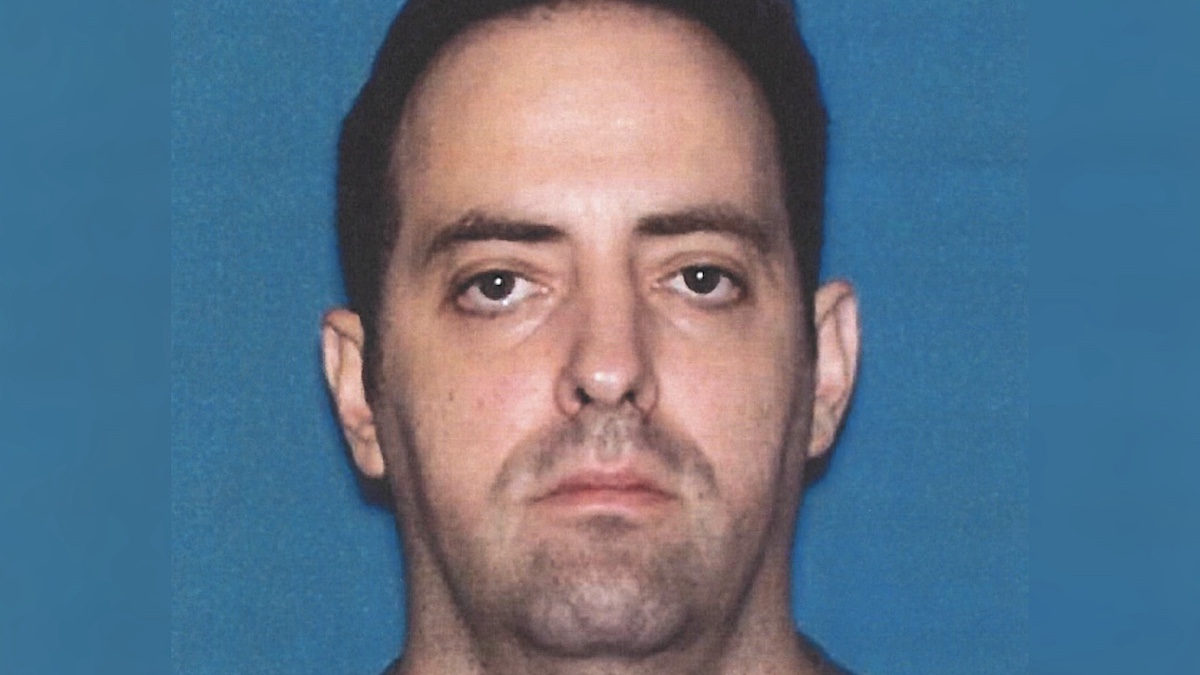

Published: Apr 20, 2024 02:40 pm